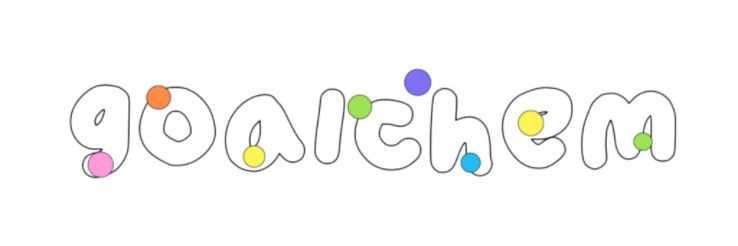HPMC vs. Traditional Additives: Transforming Dry Mortar Mixtures
---.
**How Does HPMC Compare to Traditional Additives?**.
When it comes to formulating dry mortar mixtures, the choice of additive can significantly influence performance characteristics and overall application effectiveness. Hydroxypropyl Methylcellulose (HPMC) has gained traction in recent years, often lauded for its improved properties over traditional additives. But how does HPMC truly compare to these older options?
#### Understanding Traditional Additives.
Traditional additives such as starch, cellulose derivatives, and various plasticizers have been utilized in dry mortar formulations for decades. These ingredients primarily serve to control the workability, set time, and adhesion of mortar. While they are effective, their limitations often lead to issues in performance under diverse conditions. For example, some traditional additives can hinder water retention, making it difficult to achieve suitable curing and hydration in certain environments.
#### The Rise of HPMC.
HPMC is a synthetic polymer derived from cellulose and modified to enhance its properties. It serves various functions in construction materials, especially in dry mortar blends. One of its standout features is its excellent water-retention capability, which ensures the mortar remains workable for extended periods, crucial for larger-scale applications. This property means the mortar requires less water while still achieving optimal hydration, leading to higher strength and durability.
#### Performance Comparison.
**Water Retention:** .
One of the primary areas where HPMC outshines traditional additives is in water retention. Traditional additives may not provide sufficient water-holding capacity, which can lead to rapid drying and shrinkage. In contrast, HPMC's superior water retention ensures that the mortar remains workable even in less-than-ideal conditions, reducing the risk of cracking.
**Adhesion:** .
HPMC also proves beneficial in improving the adhesion properties of mortar mixtures. Unlike traditional additives that may compromise adhesion at high temperatures, HPMC enhances the bonding strength between surfaces, ideal for tiles and other applications. This property is essential for ensuring longevity and stability in construction projects.
**Workability:** .
When it comes to workability, HPMC significantly enhances the handling characteristics of mortar mixtures. Mortar containing HPMC can be easily spread, troweled, and shaped, making it an ideal choice for skilled tradespeople. Traditional additives may require more effort to achieve similar workability levels, potentially leading to user fatigue and reduced efficiency on-site.
#### Cost Considerations.
Although HPMC tends to be more expensive than traditional additives, many manufacturers argue that the benefits—improved performance, durability, and ease of use—justify the higher initial investment. Over time, reduced failure rates, lower maintenance costs, and enhanced project efficiency can lead to significant savings.
#### Environmental Impact.
In an era where sustainability is a critical consideration, HPMC also edges out traditional additives in terms of environmental footprint. Being derived from natural cellulose, HPMC is more eco-friendly compared to chemically synthesized alternatives. This green advantage is increasingly important as the construction industry pivots towards more sustainable practices.
#### Conclusion.
In summary, while traditional additives have served their purpose in the construction industry for many years, HPMC presents several substantial advantages. From enhanced water retention and adhesion to improved workability and a lighter environmental impact, HPMC offers a transformative solution for dry mortar mixtures. As the construction landscape continues to evolve, choosing the right additives will be paramount for achieving quality, durability, and sustainability in building materials. The debate between HPMC and traditional additives is indeed a topic worth considering for industry professionals looking to innovate and optimize their mortar formulations.
For more hpmc for dry mortar mixture, Hydroxypropyl Methylcellulose For Paints & Coatings wholesaler, HPMC For Paints & Coatings wholesalerinformation, please contact us. We will provide professional answers.

